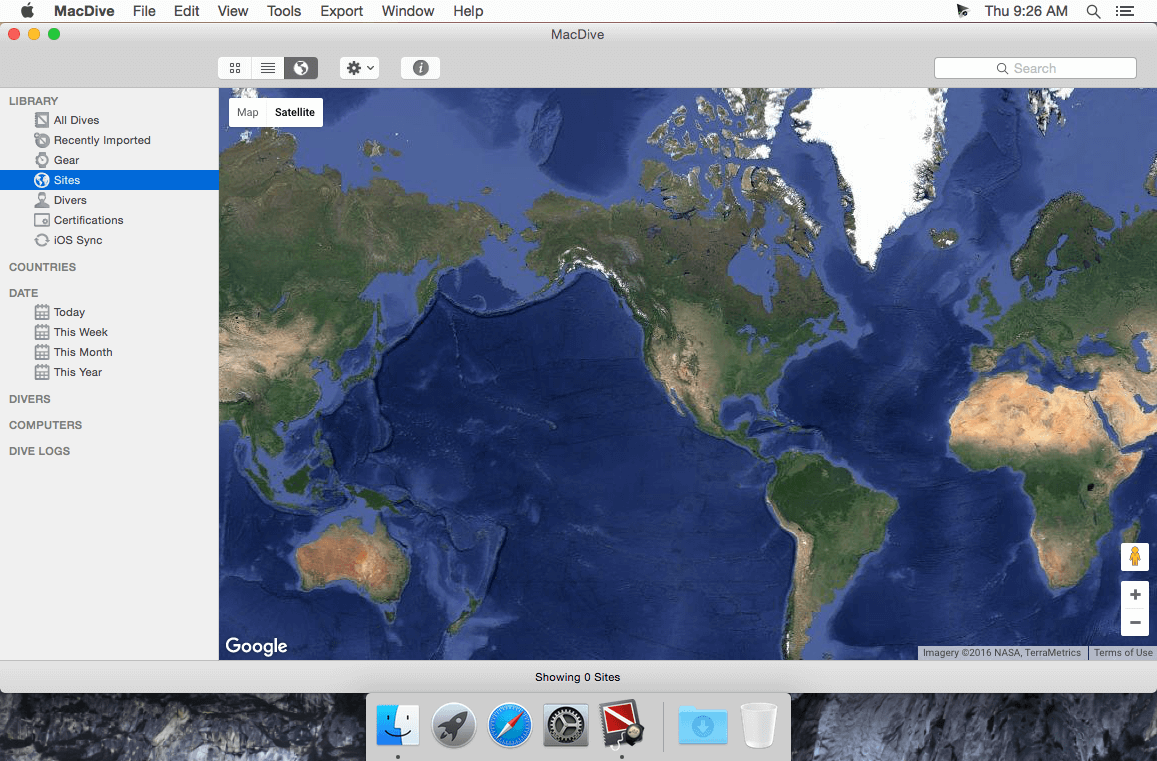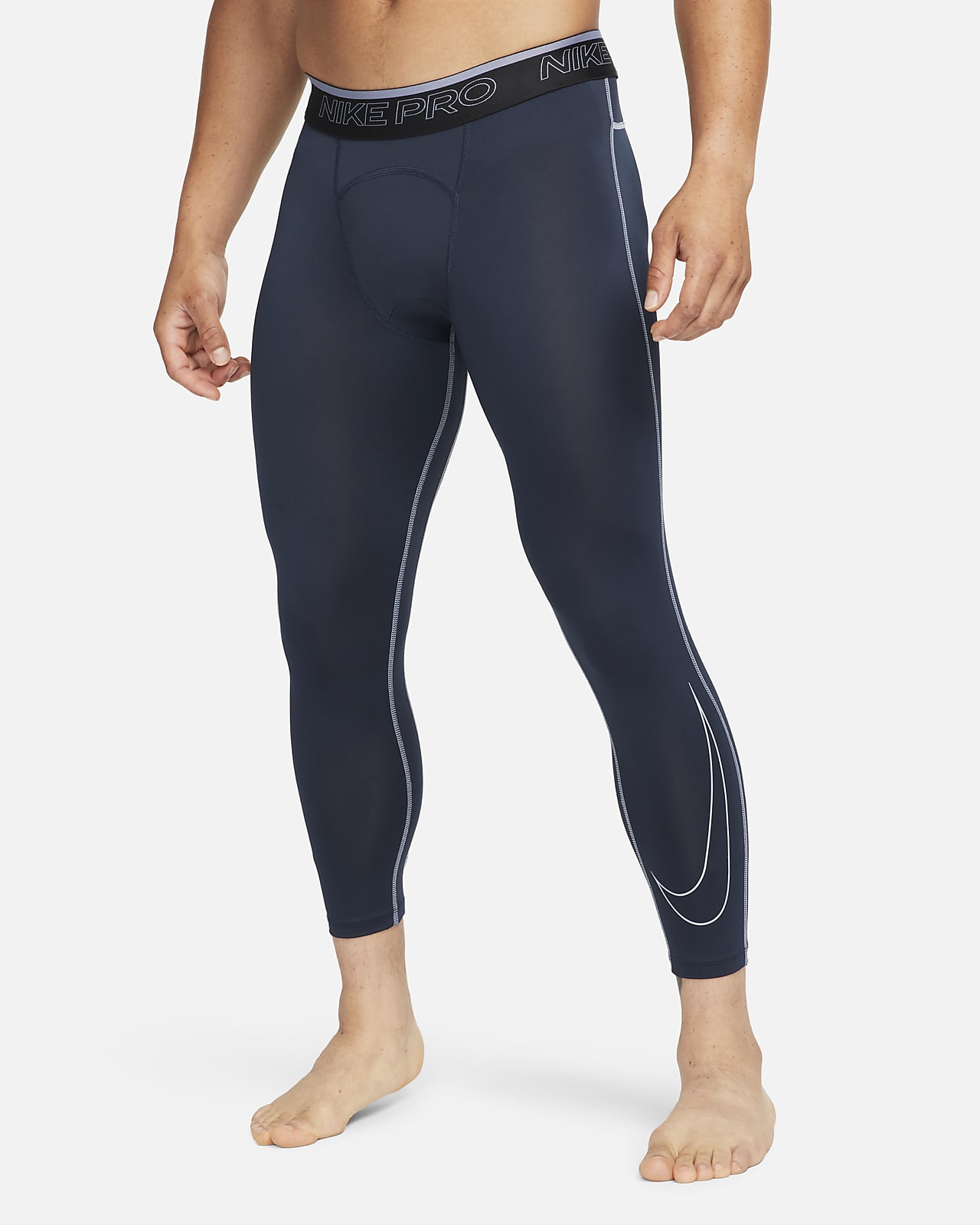

- DEVONTHINK PRO OFFICE TUTORIAL MANUAL
- DEVONTHINK PRO OFFICE TUTORIAL SOFTWARE
- DEVONTHINK PRO OFFICE TUTORIAL SERIES
- DEVONTHINK PRO OFFICE TUTORIAL FREE
- DEVONTHINK PRO OFFICE TUTORIAL MAC
DEVONTHINK PRO OFFICE TUTORIAL SOFTWARE
The software above runs on Macs, so I use a Mac. Not that I have any sort of dislike of Windows machines. I don’t really like Endnote, but it is the standard when it comes to sharing bibliographies and when you are writing. I could use Devonthink for this, but Evernote is easier and cross-platform. Evernote is what I use for sharing stuff that I find with others. Up until version 2 it wasn’t that useful. Papers is invaluable to me for dealing with PDFs.

DEVONTHINK PRO OFFICE TUTORIAL MANUAL
I have sets of smart collections and sets of manual collections that things get put into as well as some databases that just have stuff in it.
DEVONTHINK PRO OFFICE TUTORIAL SERIES
I have a series of folders that Devonthink watches over and from which it sucks files. I use Devonthink for keeping a lot of the junk that I accumulate in a kind of order. What I have found works for me is four things. The people here have tried a lot of different things and write about them.

But just because someone else found it useful, that doesn’t mean that you will. That being said, it is always good to have someone say “I tried program X and it worked to do Y.” If you need to do Y, then give it a try. Don’t worry about what has worked for someone else. You will probably find that any system that you come up with is unique to you. This is an unending set of tasks that will always be there. Come up with a convenient way to cite it when I write. Put it someplace I can find it when I need it. In each of those different jobs I have had a similar set of tasks to the ones that you have. First as a Post-Doc, and then as a researcher at a pharmaceutical company. However, I have stayed in the business since then.
DEVONTHINK PRO OFFICE TUTORIAL MAC
Not the Windows version or the Mac version-the DOS version. Indeed, I was one of the first people in my department to write my dissertation on a computer. I suspect that the people who wrote them may not even have been born when I was in Grad School. So many that none of the programs that you mention were available. It’s been many years since I wrote my dissertation. I would be interested in posts that detail the challenges and promises as one navigates, imports-exports (and when) across such tools in their workflow! Do you start with TBX first or DT or perhaps S or a mind mapping? Does this different for the kind of project you have in mind (like a thesis hint hint)? In other words, the importing and exporting and flow of information (keeping in mind the different file formats). One question I have is how you distinguish/integrate your workflow across different apps like DT and other things like Tinderbox, Scrivener.
DEVONTHINK PRO OFFICE TUTORIAL FREE
If you ever felt like doing a screencast of how you use it I would be an eager audience! (Here I can recommend the free app Jing. About the only thing I’ve found, along these lines, is this: - but it’s from 2009. The DT tutorials are okay but the narrator has an annoying “marketing’ kind of tone that puts me off. Unfortunately there are very few screencasts of it being used in action, a bit strange given it’s popularity. I must admit I haven’t started using DT yet but fascinated by what I hear/see. The tutorial is called Importing Data.Īnyway, I’m not necessarily saying this will be more effective than having a separate tagging program, but if it works to your satisfaction it will have to be a simpler solution if you’re already using DT for other information chores.

There’s a tutorial for doing this, which you can access under the “tutorials” listing of the Help menu. I just Indexed a folder of Scrivener projects as a test. Just use the Index command from under the File menu and then select the folders you want to Index. You can then create tags and add Spotlight comments right within DT. You can “index” files using DevonThink, which means DT will have an avatar like item in its database that is a link to the actual file outside that database. I guess it’s a bit like advanced googling for your computer. Tagger (and I suppose Tags) also permits Boolean searches. With a simple tagger app Spotlight (like Windows Search) can be used to narrow searches outside of DT. >Steve, the point about tagging outside of DevonThink is that DT only searches within it’s database, not the drive(s). Workflow on Mac (Mountain Lion) for PhD Thesis


 0 kommentar(er)
0 kommentar(er)
